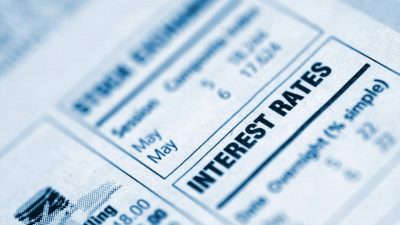In the UK, buy-to-let property and pensions are two popular investment vehicles for retirement saving. But is one more effective than the other? Let’s take a closer look and compare the two investment strategies.
Returns
While both buy-to-let property and pensions allow you to benefit from capital appreciation and income, comparing the two investment vehicles from a return perspective is quite difficult due to the fact that you can hold many different types of assets within a pension. For example, through a Self Invested Personal Pension (SIPP) you can hold FTSE 100 shares, small-cap shares, international shares, property investments, fixed-income investments, cash, and many other assets. So, it’s hard to compare the two as SIPP returns will depend on the assets within the account.
In the past though, both property and shares have generated excellent returns for investors. For example, the average UK house price has risen around 330% over the last 25 years, or around 6% per year, while an investment in the FTSE All-Share index 25 years ago would have grown by over 500%, or around 7.5% per year when you include reinvested dividends.
Risk
When it comes to risk, each investment vehicle has its drawbacks. With buy-to-let, all your eggs are in one basket. So, there’s a lack of diversification. If the property market tanks, your returns could suffer.
By contrast, with a SIPP, you can spread your money out over many different assets and geographic regions. This can help lower overall risk. That said, equity prices are more volatile than property prices in the short term, so that’s something to keep in mind.
Tax
Tax is also important to consider. With a buy-to-let property, you’ll have to pay capital gains tax when you sell. Stamp duty is also higher on buy-to-let properties. Additionally, in the near future mortgage interest will no be longer tax deductible.
By contrast, SIPPs offer a range of tax perks. Not only are all capital gains and income within a SIPP tax-free, but you’ll receive ‘tax relief’ on any contributions. For example, if you’re a basic rate taxpayer and you contribute £800 into a SIPP, this will be topped up to £1,000.
Liquidity
Liquidity is another issue to think about. With a buy-to-let property, you can sell it at any time. You don’t need to wait until a certain age to access your capital. That said, selling a property is not always easy. If the market is slow it could take months or even years to sell.
With a SIPP, you can’t touch your money until you turn 55. Then you can access 25% of your capital tax-free. The rest will be added to your taxable income.
Hassle
Finally, don’t forget about the hassle factor. With buy-to-let, you need to consider things like bad tenants, missed rent payments, repairs, and government regulations such as minimum energy ratings. It’s definitely a hassle.
By comparison, a SIPP is far less hassle. Once you’ve set your investments, you may only need to spend a few minutes reviewing your portfolio once or twice a year.
Overall, when you consider all these different factors, investing for retirement through a SIPP seems to make a lot more sense, in my view. It’s less hassle and more tax efficient, and there’s the potential to generate strong returns from the stock market, if you allocate your capital wisely.







